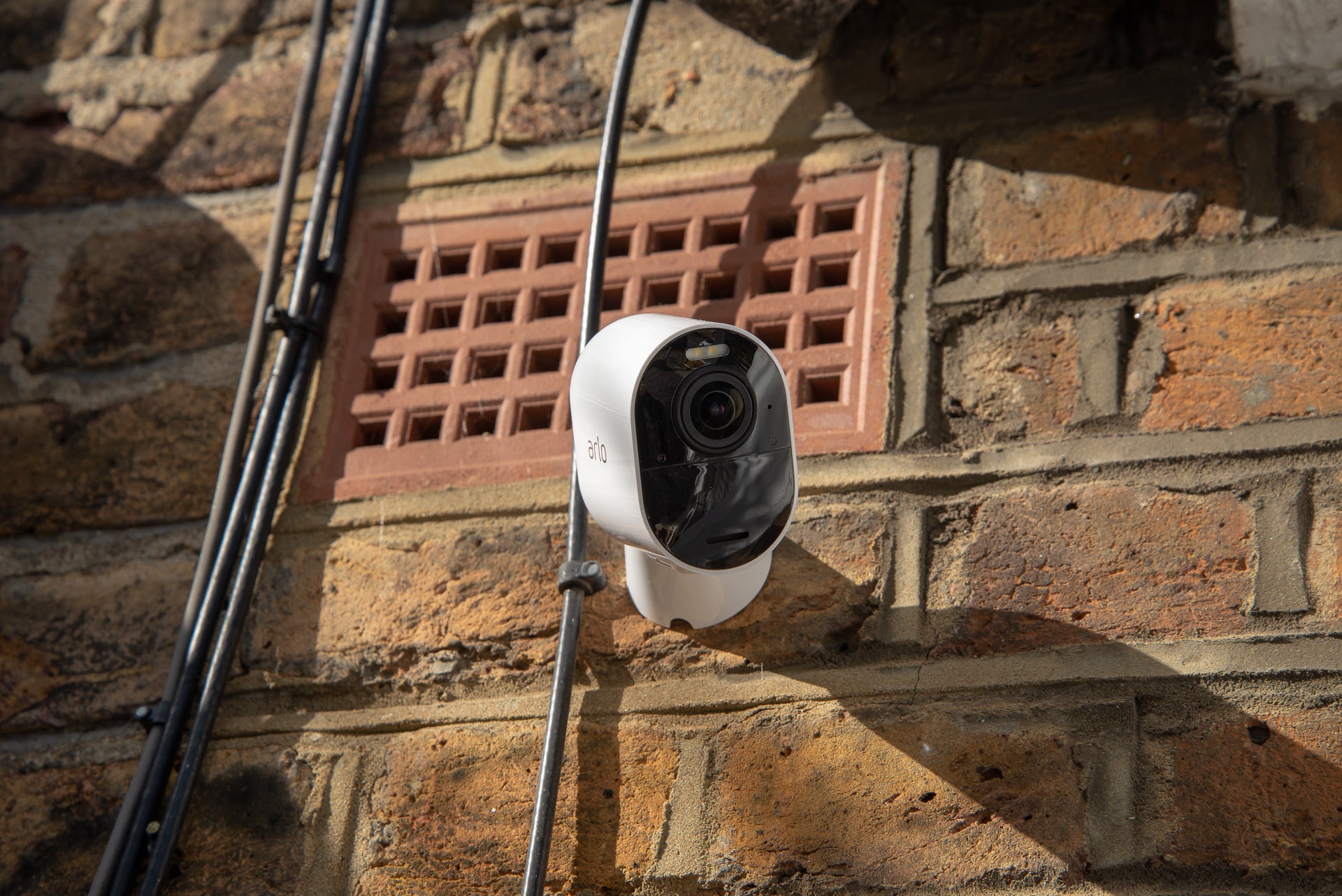Ring Indoor Camera (2nd Gen) Review
A great, low-cost security camera.





Verdict
Extremely cheap and more than good enough, the Ring Indoor Camera (2nd Gen) is a simple way to keep an eye on your home. It works brilliantly if you have other Ring devices, although that’s not a requirement. Those that are worried about putting cameras inside will love the privacy slider.
Pros
- Excellent value
- Fully integrates with Ring
- Privacy slider
Cons
- So-so video quality
Key Features
- TypeThis is an indoor wired security camera.
- ConnectionConnects to your home network via Wi-Fi.
Introduction
Cheap indoor-only security cameras used to be two-a-penny, but there are now very few of them, which is why it’s good to see the Ring Indoor Camera (2nd Gen).
Although it might not be as flashy as many models, and image quality is a little basic, it is extremely cheap and more than good enough for the job.
Design and installation
- Can be wall mounted or stood on a bookshelf
- USB powered
- Has a privacy shutter
An upgrade on the previous Ring Indoor Camera, this 2nd Gen one is a refinement of the old model. The biggest difference is that this model has a security shutter, which swings around. When the shutter is in the lock position, the camera is turned off, and the lens is completely blocked from view; when unlocked, the camera is there and available for use.
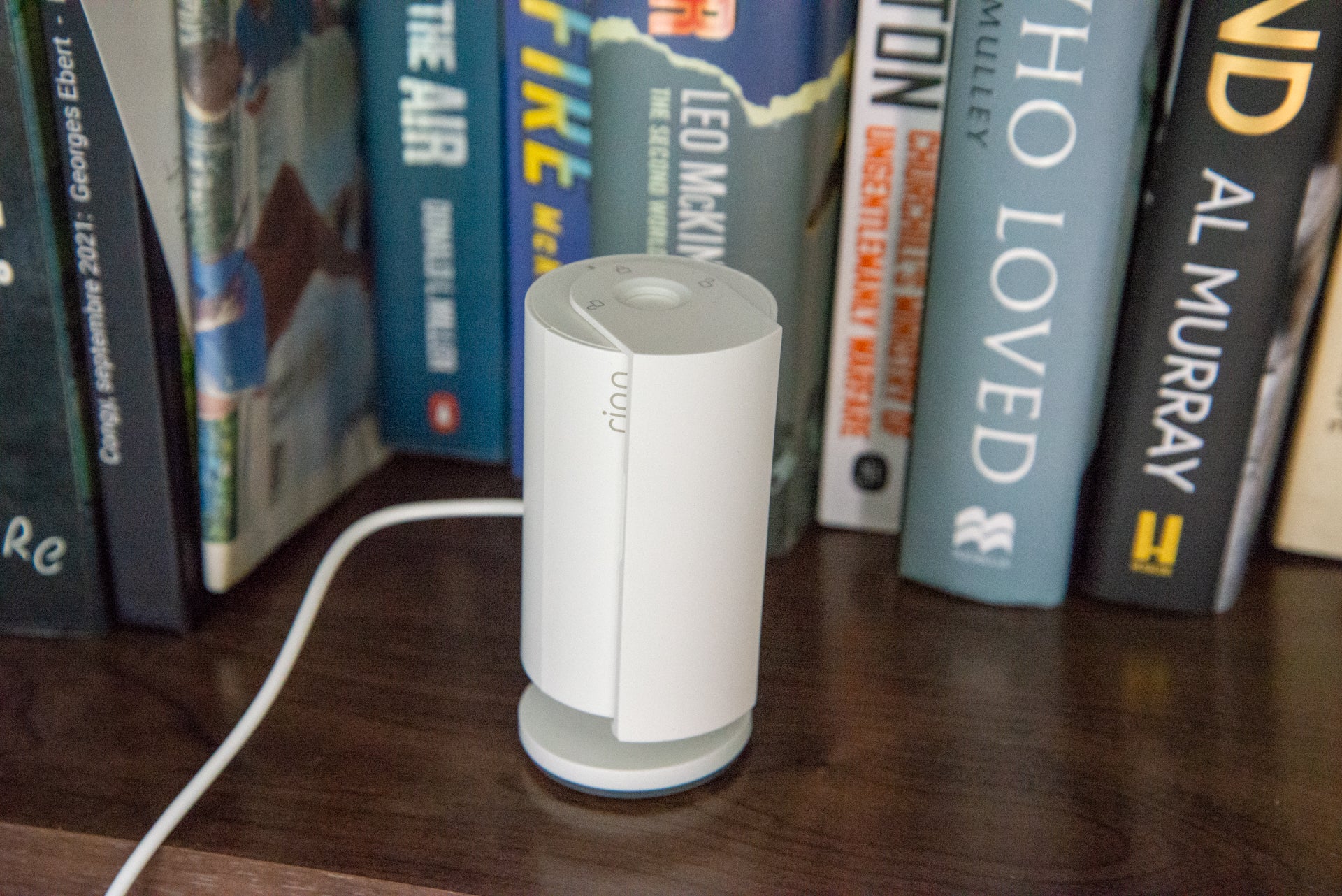
For those that don’t like the thought of a camera in the house, but want one for security reasons, a physical shutter is a good thing to have. Just remember, you have to open the shutter before the camera can be used when you’re out.
As with the original, the Ring Indoor Camera (2nd Gen) is powered by USB. Ring provides a proprietary cable, which sits flush in the connector at the back. As the camera is very light, the cable needs to be pushed into place carefully, otherwise its weight can shift the camera.
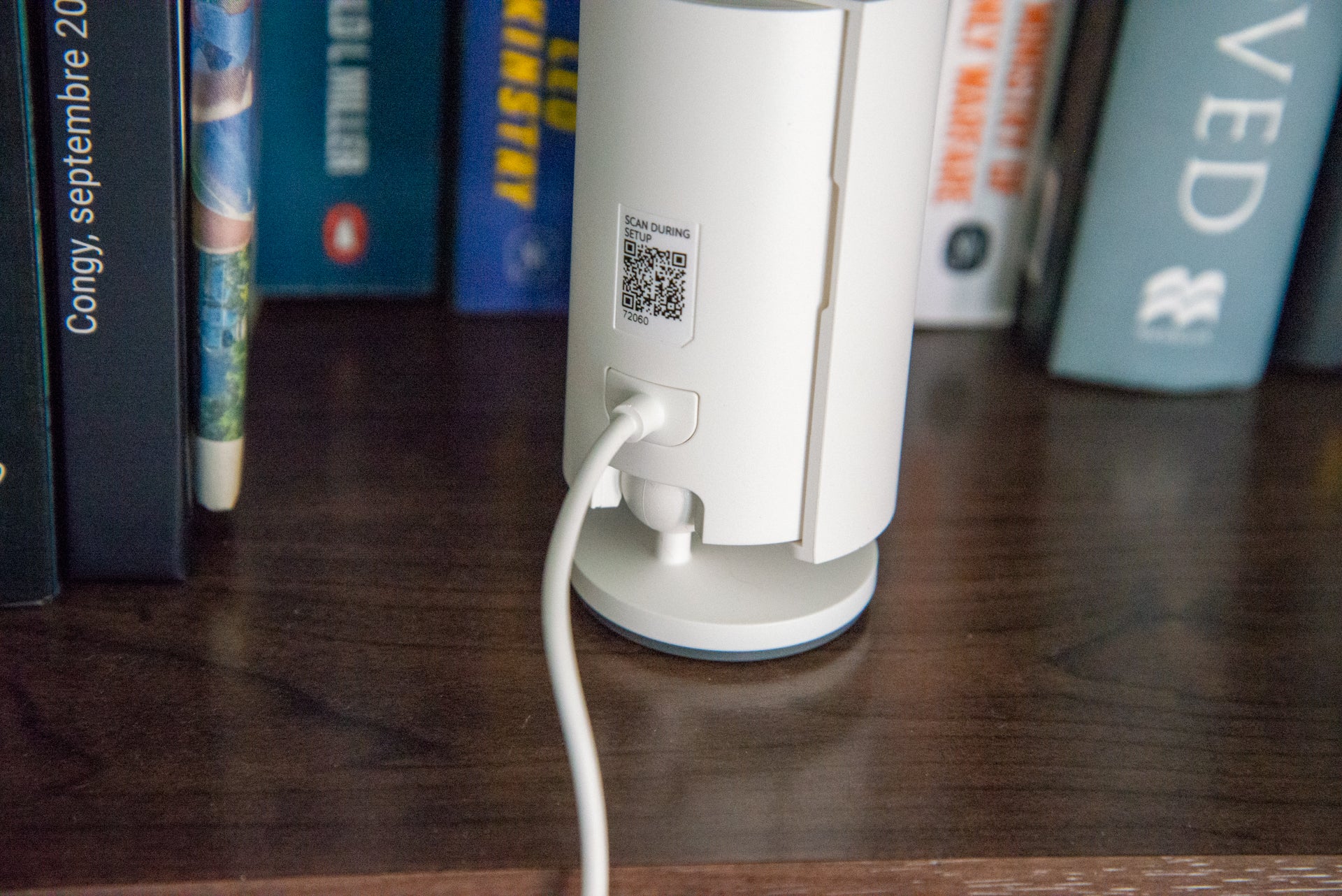
While most people will probably stick the Ring Indoor Camera (2nd Gen) on a shelf, the flexible stand is also a wall mount so that the camera can be permanently installed.
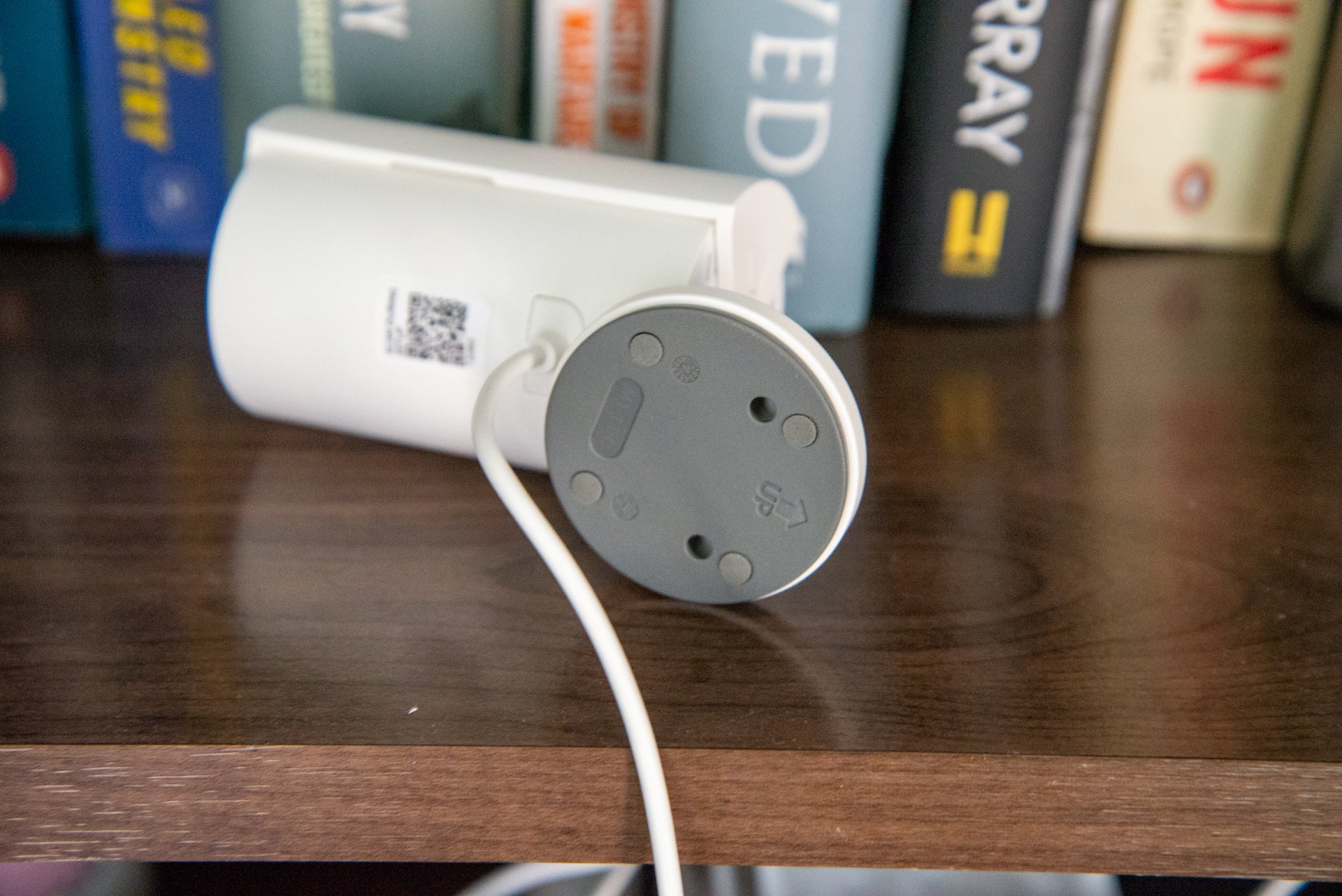
As with all Ring devices, the Ring Indoor Camera (2nd Gen) connects via Wi-Fi and is controlled via the Ring app.
Features
- Works with Ring Protect
- Smart Alerts warn you of people only
- Works with Amazon Alexa
First up, it’s worth saying that the Ring Indoor Camera (2nd Gen) works best if you have a Ring Protect plan. These cost from £3.49 a month for a single camera, up to £8 a month for unlimited cameras, and additional features for the Ring Alarm. When you get multiple devices and the alarm, in particular, Ring Protect is amazing value.
At its most basic, the Ring Indoor Camera (2nd Gen) uses its PIR sensor to detect motion and send an alert. Given that the camera will be used indoors, that may be all you need, but there are options to finetune motion detection.
First, motion activity zones let you draw an area you want to monitor, ignoring motion outside of this. Second, there are Smart Alerts, which lets you only get a notification when the camera spots a person; other motion alerts can be set to record without notification.
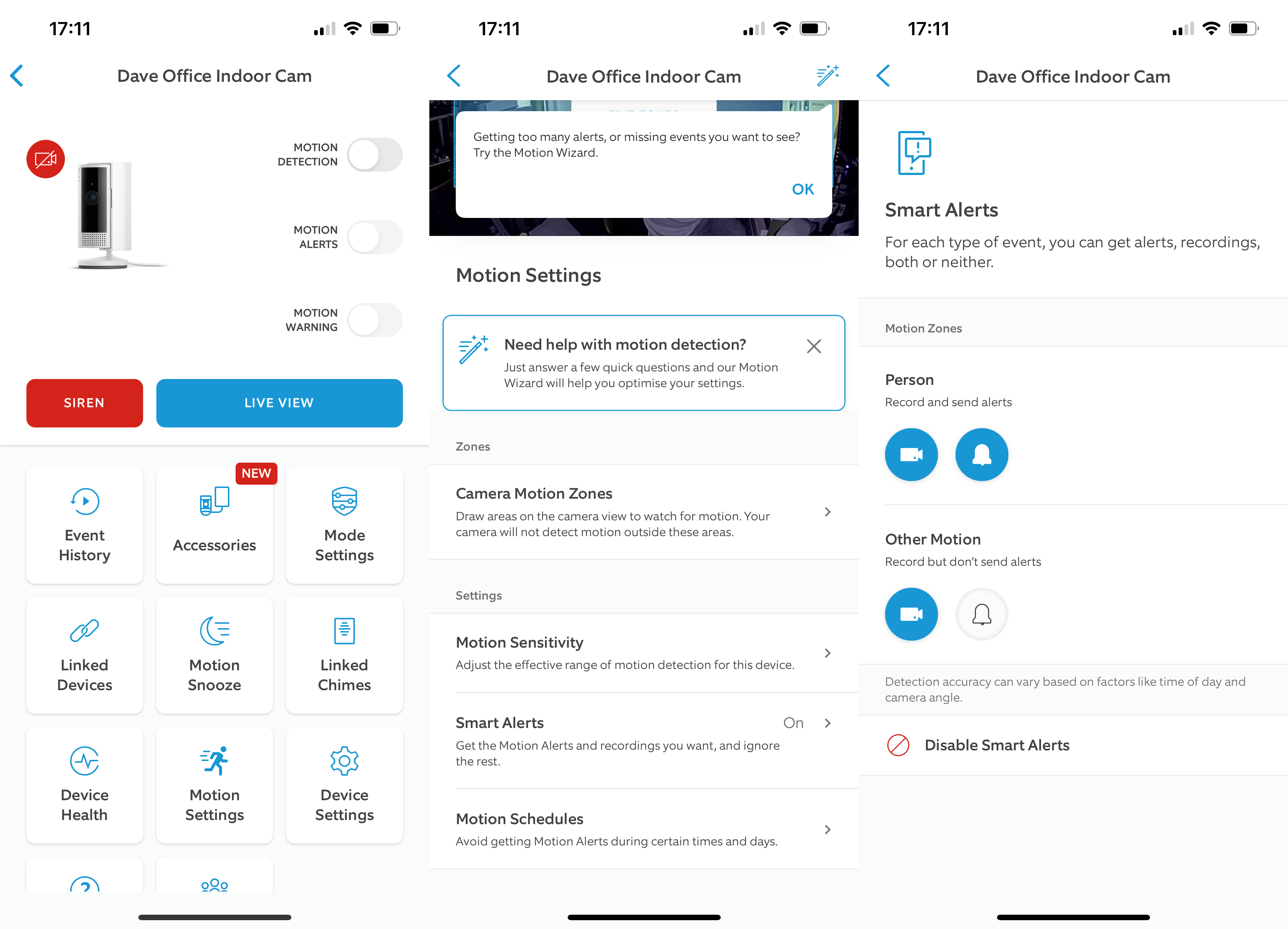
More useful are the options to choose when the camera reacts. Modes can be set, to choose when the Ring Indoor Camera (2nd Gen) will record or not, say recording when set to Away mode, but not in Home or Disarmed mode.
Modes become particularly powerful when there’s a Ring Alarm in the home, as this security system changes the Ring mode. For example, coming home and disarming the Ring Alarm will also disarm selected cameras.
That’s a powerful interaction, as you can ensure that the Ring Indoor Camera (2nd Gen) never records when you don’t want it to.
It’s also possible to schedule when the Ring Indoor Camera (2nd Gen) can send alerts, although it will continue to monitor and record. I find this kind of option less useful on an indoor camera, as I prefer to turn them off when I’m in; with outdoor cameras, I do like to monitor constantly, but control the notifications.
Device linking lets the Ring Indoor Camera (2nd Gen) be set to record when another device detects motion. This can be useful. For example, if you have multiple indoor cameras, you can have them all record when one detects motion, making it more likely that you’ll pick up incriminating evidence.
Recorded events are stored in the cloud and accessible via the app. All events appear in the timeline section, displayed by the event type (Motion, Person Detected, Live View and Linked device). With filters for events and dates, finding a specific bit of footage is easier than it used to be, involving far less scrolling. All clips can be downloaded to your phone to keep forever.
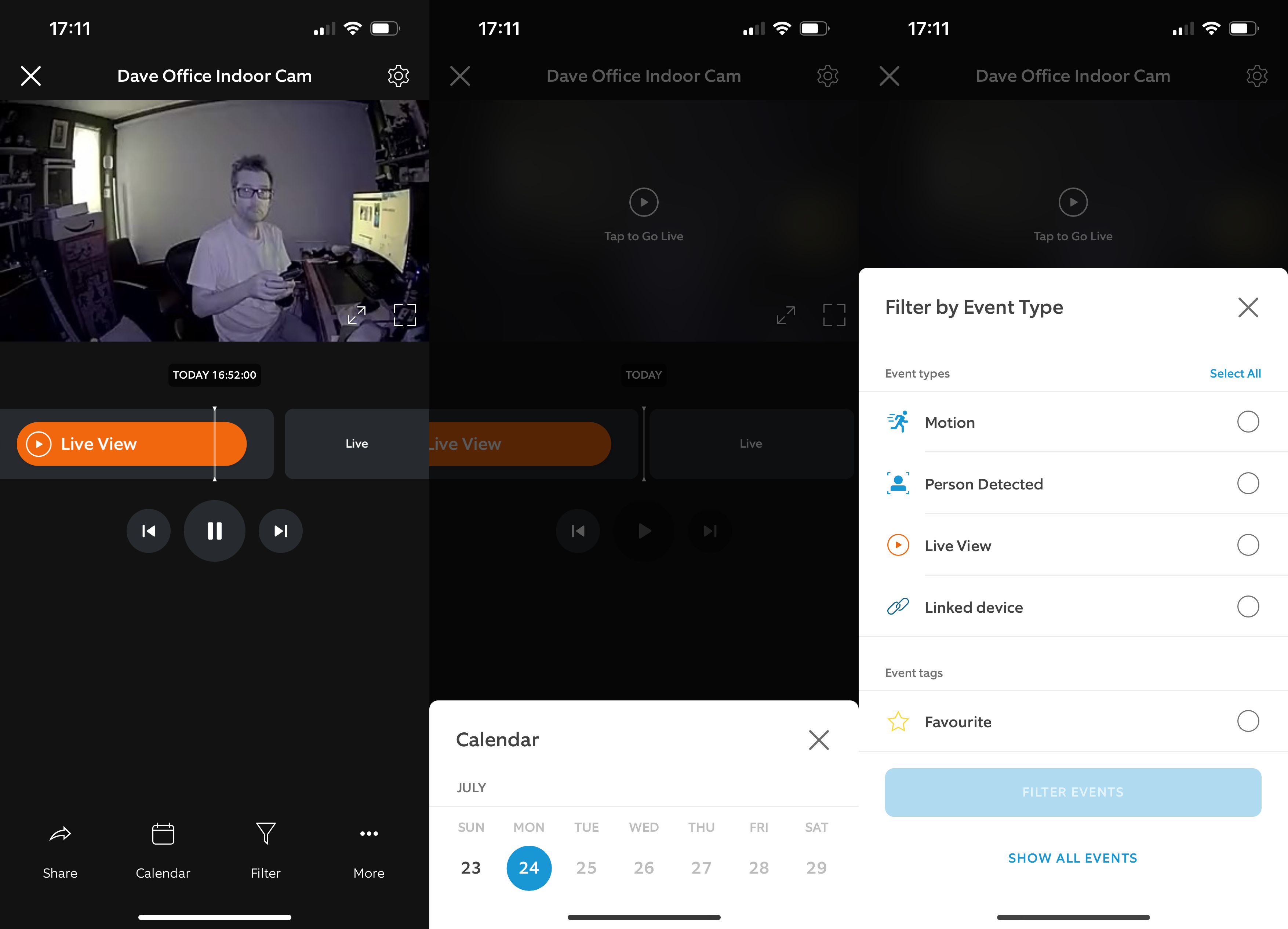
The Ring Indoor Camera is compatible with Amazon Alexa, letting you live stream the feed to a compatible Echo Show smart display.
Performance
- Struggles with direct light
- Basic night vision quality
- Good daylight quality
Thanks to the 143-degree field of view, the Ring Indoor Camera (2nd Gen) can capture most of a room without too much trouble. That’s good, as it increases placement flexibility to a degree.
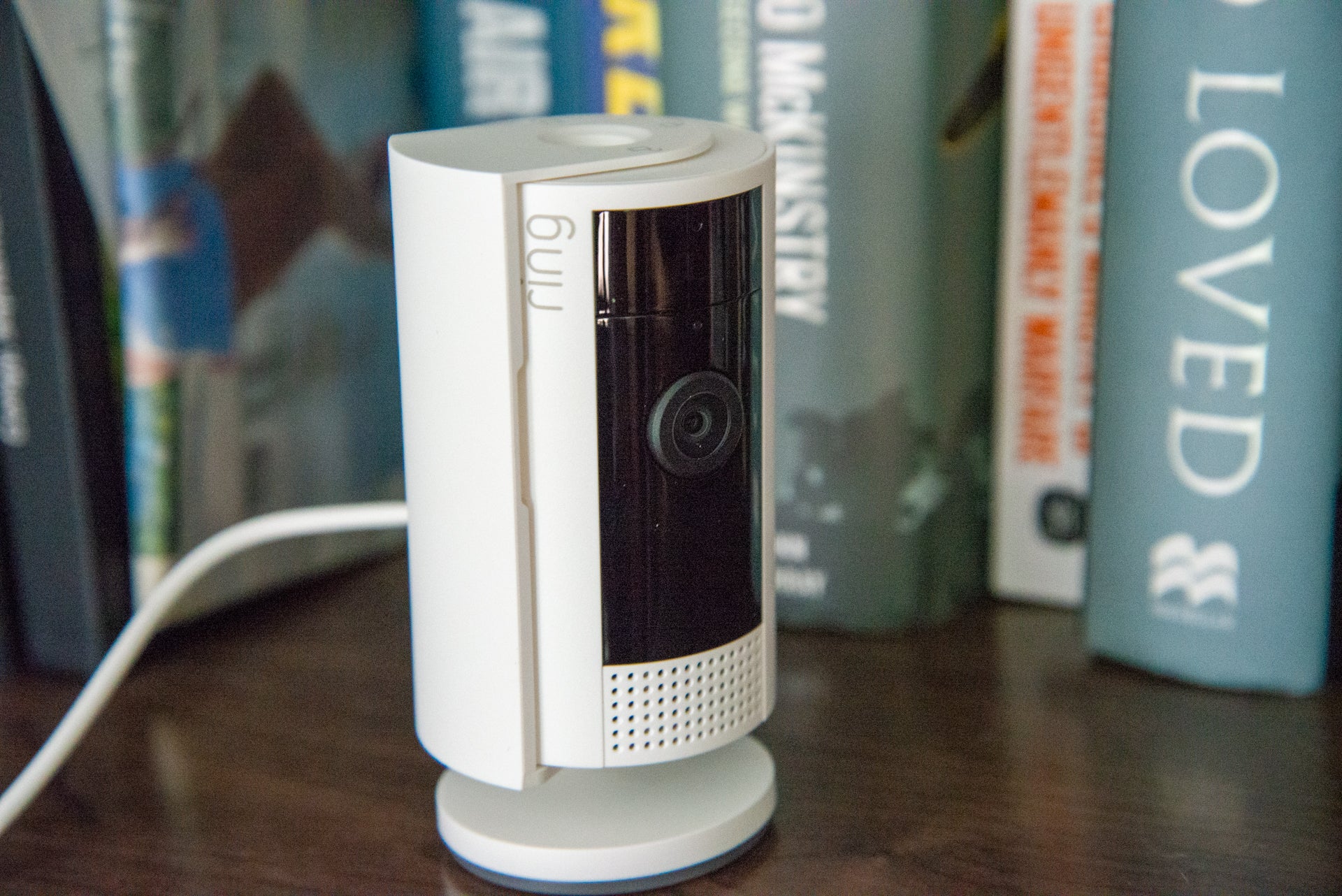
What I would say is to be careful where the camera is pointing. I found that in my office, pointing towards the south-facing door, the Ring Indoor Camera (2nd Gen) struggled with exposure, making it a little hard to make out details.
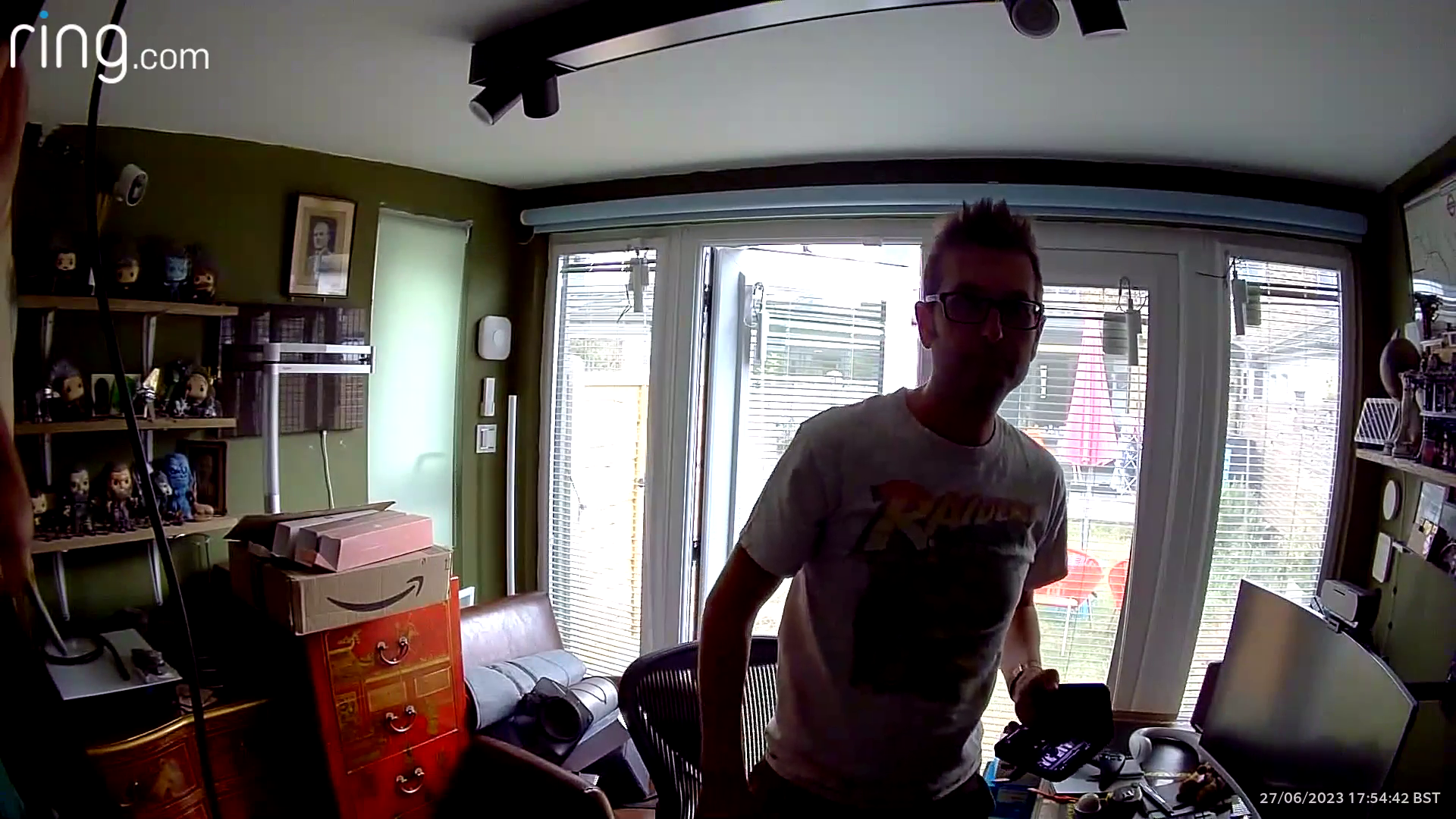
Moving the camera around so that the window was side on, improved things. Sure, the 1080p video footage isn’t going to win awards, but it’s easy to watch and makes it clear what’s going on. Besides, what’s important with an indoor security camera is an alert to tell you someone is inside your house, so you can call the police.
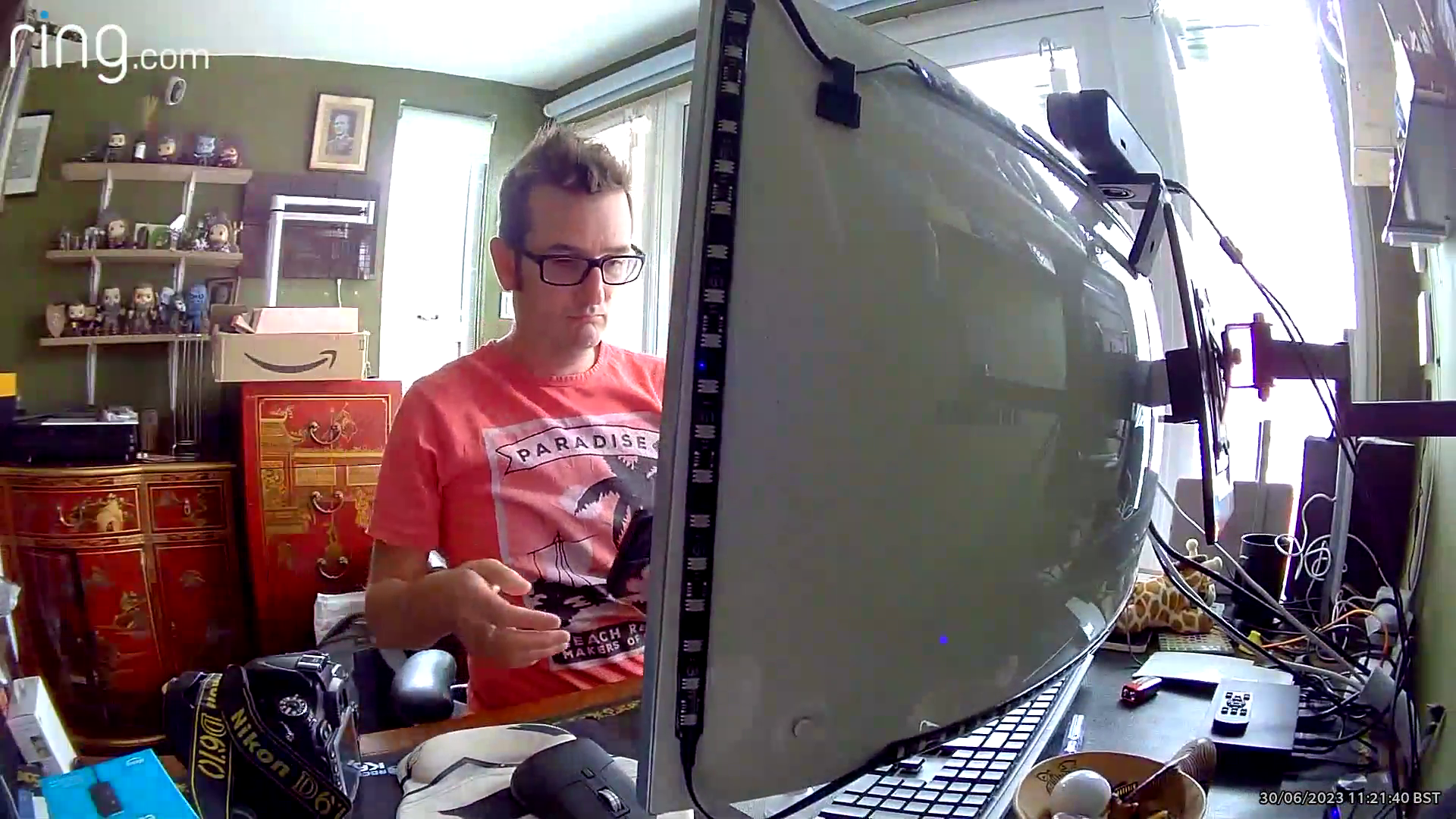
At night, the Ring Indoor Camera (2nd Gen) can shoot video using its full-colour night vision. As with the original indoor camera, I found that this tended to give everything a green tinge, and the results weren’t as good as with the colour night vision on the outdoor products, such as the Ring Battery Video Doorbell Plus.
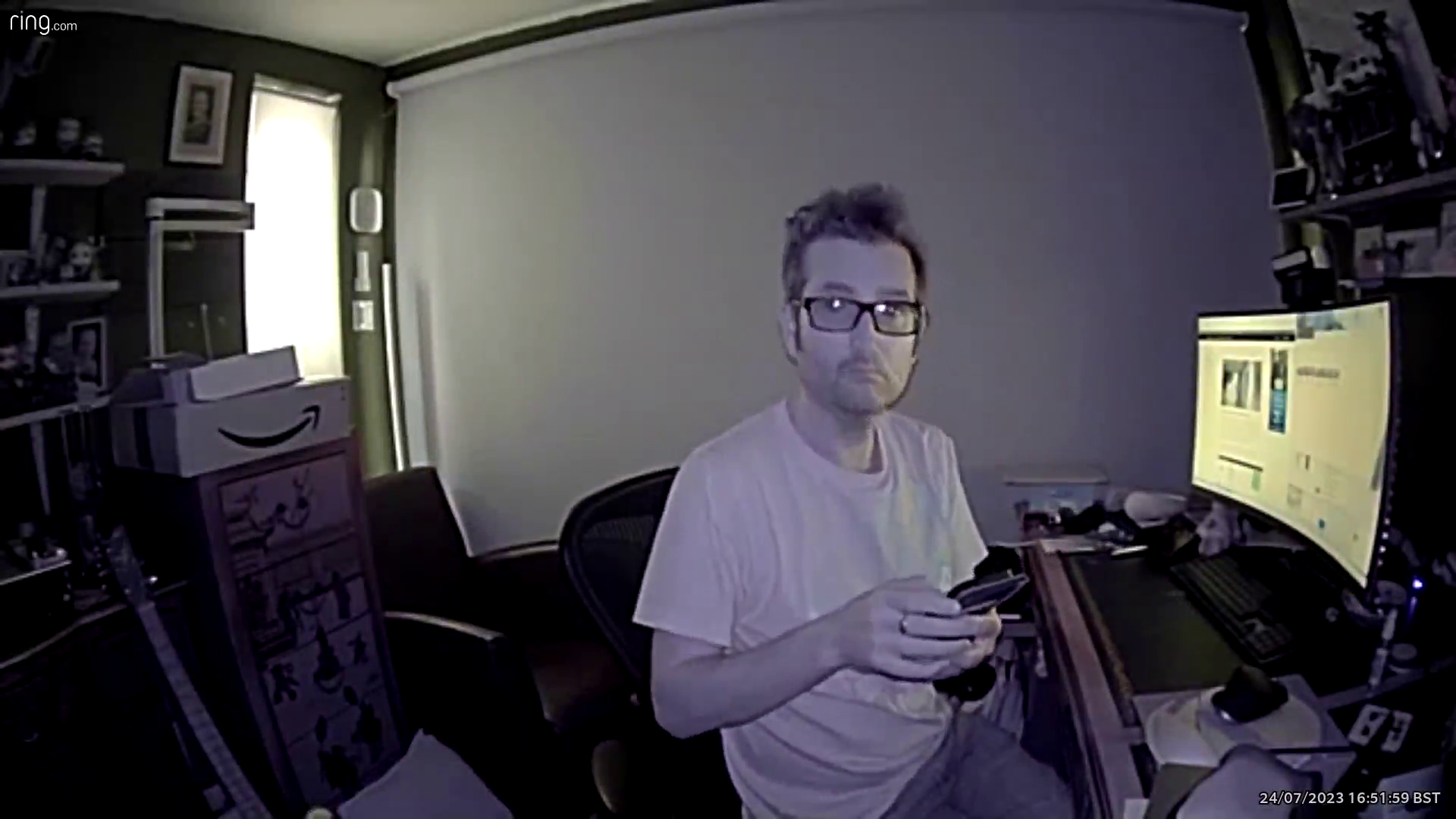
I preferred the IR view. This did make the image much softer, getting rid of some details on faces. However, I could see what was going on and, in many cases, the ability be able to verify that someone is inside the house is more important than the image quality.
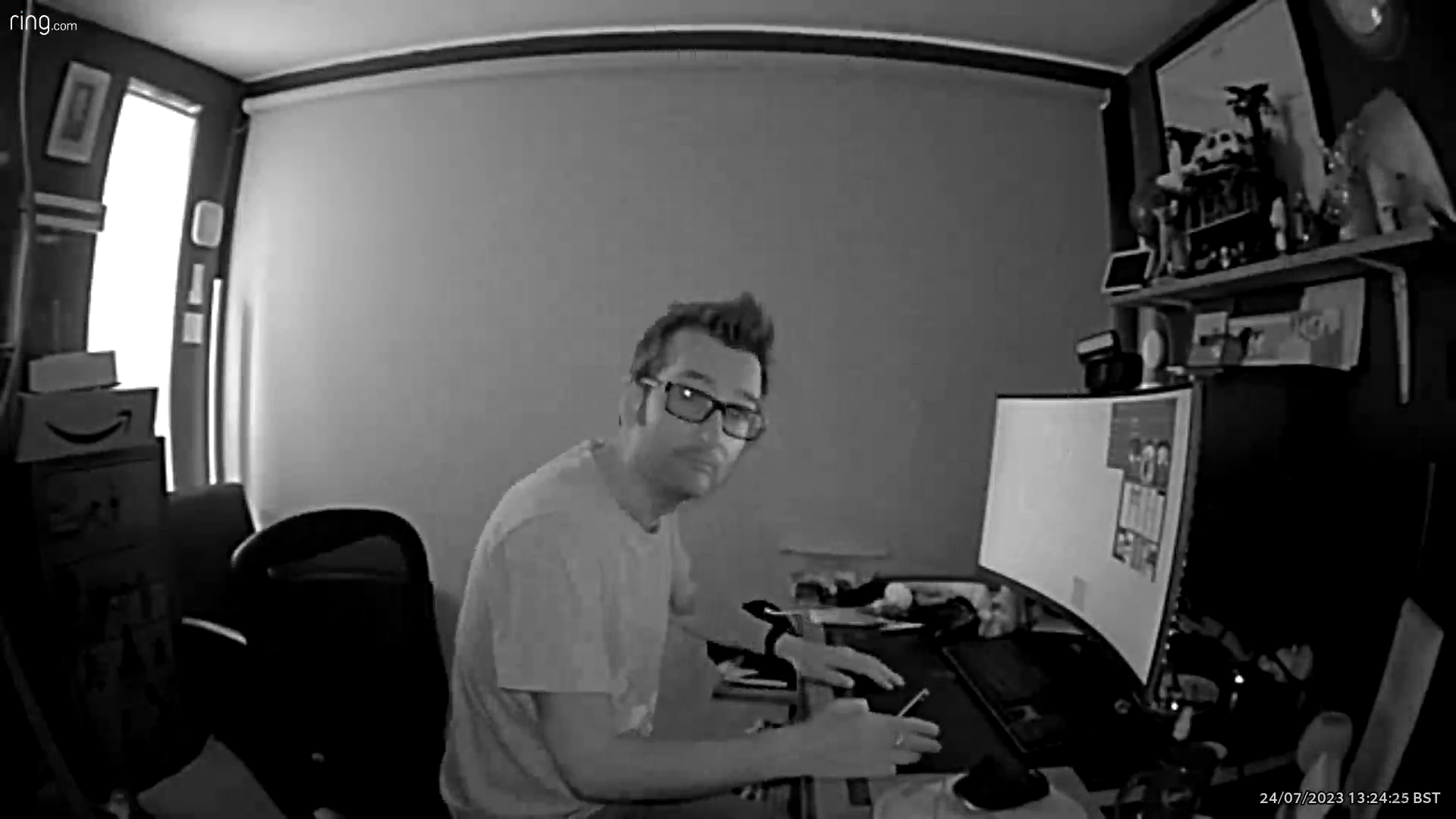
I was impressed with the two-way talk feature. I found the Ring Indoor Camera (2nd Gen) had a clear microphone and a loudspeaker. If someone was in the house, this feature is a good way to warn them to clear out as the police are on the way.
Latest deals
Should you buy it?
You want a low-cost indoor camera: If you want something cheap, simple and with good-enough image quality, this is the model to buy.
You want higher-resolution video or no cloud storage: If you want better video quality or you don’t want to pay for Ring Protect, an alternative will suit you better.
Final Thoughts
Impressively, the Ring Indoor Camera (2nd Gen) costs the same as the original, yet packs in a privacy cover. If you want something cheap to monitor inside, there’s very little competition at this price. However, you do need to buy into Ring’s cloud storage to make this camera work.
If you don’t have other Ring devices, my guide to the best indoor security cameras can help.
How we test
Unlike other sites, we test every security camera we review thoroughly over an extended period of time. We use industry standard tests to compare features properly. We’ll always tell you what we find. We never, ever, accept money to review a product.
Find out more about how we test in our ethics policy.
Used as our main security camera for the review period
We test compatibility with the main smart systems (HomeKit, Alexa, Google Assistant, SmartThings, IFTTT and more) to see how easy each camera is to automate.
We take samples during the day and night to see how clear each camera’s video is.
FAQs
This shows you that the camera is active and recording.
They’re very similar, but the new version has a security shutter to turn the camera off and block its view.

